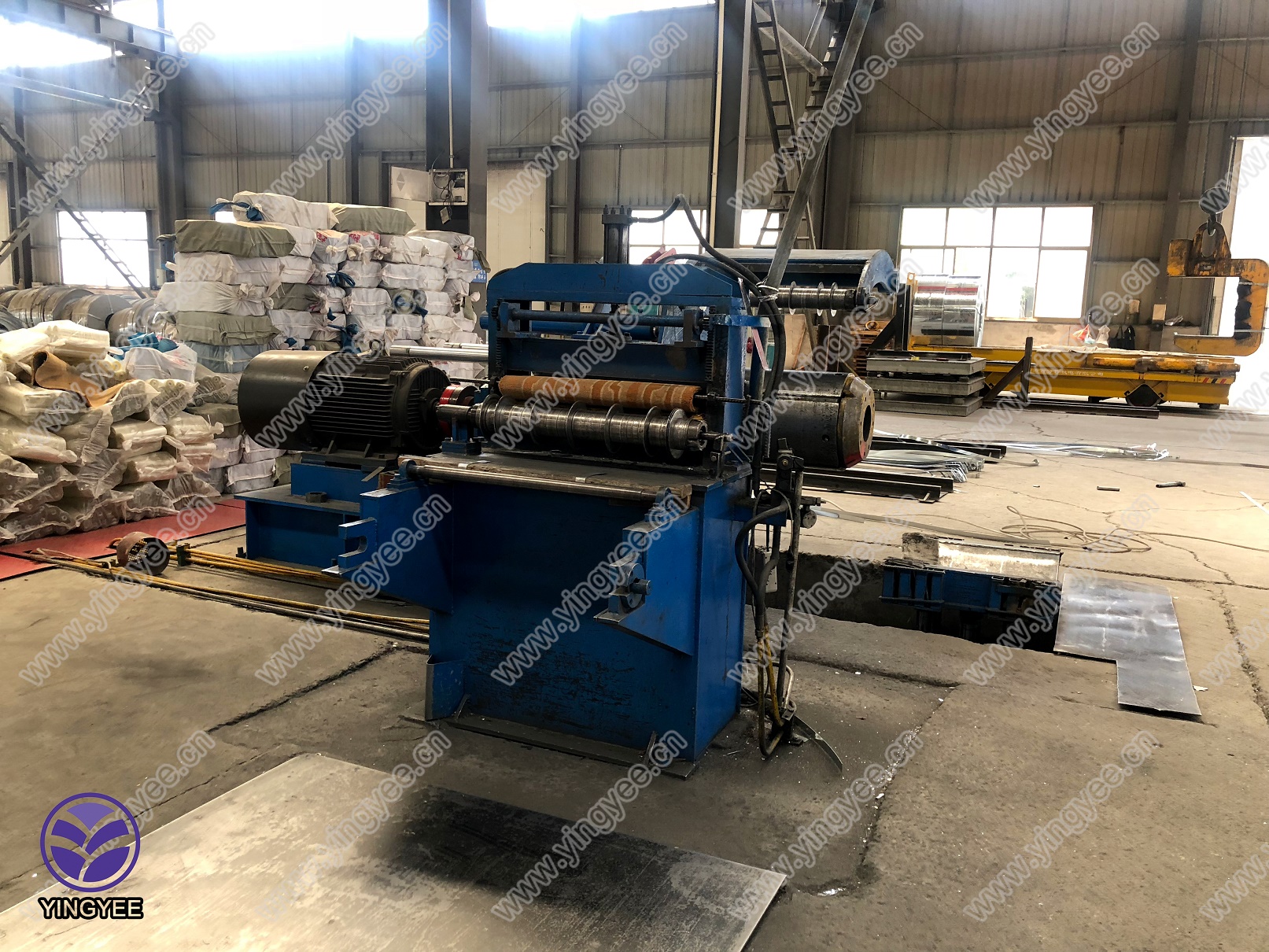
The Steel Cold Roll Forming Machine Revolutionizing Metal Fabrication
In the realm of metal fabrication, efficiency and precision are paramount. One of the most innovative technologies driving these factors is the steel cold roll forming machine. This advanced machinery plays a critical role in producing various steel profiles used in construction, automotive, and numerous other industries. Its significance cannot be overstated, as it not only enhances productivity but also contributes to the overall quality of the final product.
What is Cold Roll Forming?
Cold roll forming is a manufacturing process where sheet metal, typically steel, is shaped into a desired cross-sectional profile by passing it through a series of rollers. Unlike traditional methods which may involve cutting or welding, cold roll forming utilizes continuous deformation, which means that the material remains in a solid state throughout the process. This methodology results in products that possess superior strength, reduced weight, and improved surface finish.
The Advantages of Steel Cold Roll Forming Machines
1. Efficiency One of the primary benefits of using a steel cold roll forming machine is its high efficiency in production. Once set up, these machines can produce large quantities of uniform shapes at a rapid pace. This automation minimizes labor costs and maximizes output, making it an ideal choice for manufacturers looking to scale their operations.
2. Material Utilization Cold roll forming is renowned for its ability to maximize material utilization. The process generates minimal scrap waste compared to other manufacturing methods, leading to significant cost savings. Manufacturers appreciate this aspect, particularly in industries where raw material costs are a concern.
3. Precision and Consistency Steel cold roll forming machines are designed to produce highly precise and consistent profiles. The computer-controlled processes ensure that each piece produced meets rigorous specifications, which is essential for applications where accuracy is critical. This level of precision also reduces the need for secondary machining, further streamlining production.
4. Versatility These machines can create a wide range of shapes and sizes, accommodating various applications across multiple industries. From simple strips to complex profiles, the adaptability of cold roll forming machines allows manufacturers to diversify their product offerings without significant retooling costs.

5. Improved Mechanical Properties The cold working of metal during the roll forming process enhances its mechanical properties. The process increases yield strength and hardness, making the finished product more durable and robust, thus extending the lifecycle of the components.
Applications of Steel Cold Roll Forming
The applications of steel cold roll forming are vast and varied. In the construction industry, cold-formed steel sections are crucial for structural frameworks, roofing, and siding. Their lightweight yet strong nature allows architects and builders to design innovative structures with confidence.
In the automotive sector, these machines are employed to produce components such as chassis frames, bumpers, and other parts that require high strength-to-weight ratios. The precision achieved in production ensures that safety and performance standards are met.
Additionally, cold roll forming plays a significant role in manufacturing furniture, electrical housing, and even fencing materials. The versatility of the machines means they can cater to both large-scale industrial needs and custom projects tailored to specific requirements.
The Future of Cold Roll Forming
As industries continue to evolve, the demand for efficient and precise manufacturing processes will grow. The ongoing advancements in technology, such as automation and computer-aided design, are likely to further enhance the capabilities of steel cold roll forming machines.
Industry players are increasingly investing in smart manufacturing systems that integrate robotics and artificial intelligence into their operations. This will lead to not only more efficient processes but also a reduction in production downtime and enhanced quality control.
In conclusion, the steel cold roll forming machine represents a significant advancement in metal fabrication technology. Its ability to combine efficiency, precision, and versatility makes it an indispensable tool across various industries. As demands for high-quality, sustainable production methods continue to rise, the importance of cold roll forming machines will undoubtedly increase, shaping the future of metal manufacturing.